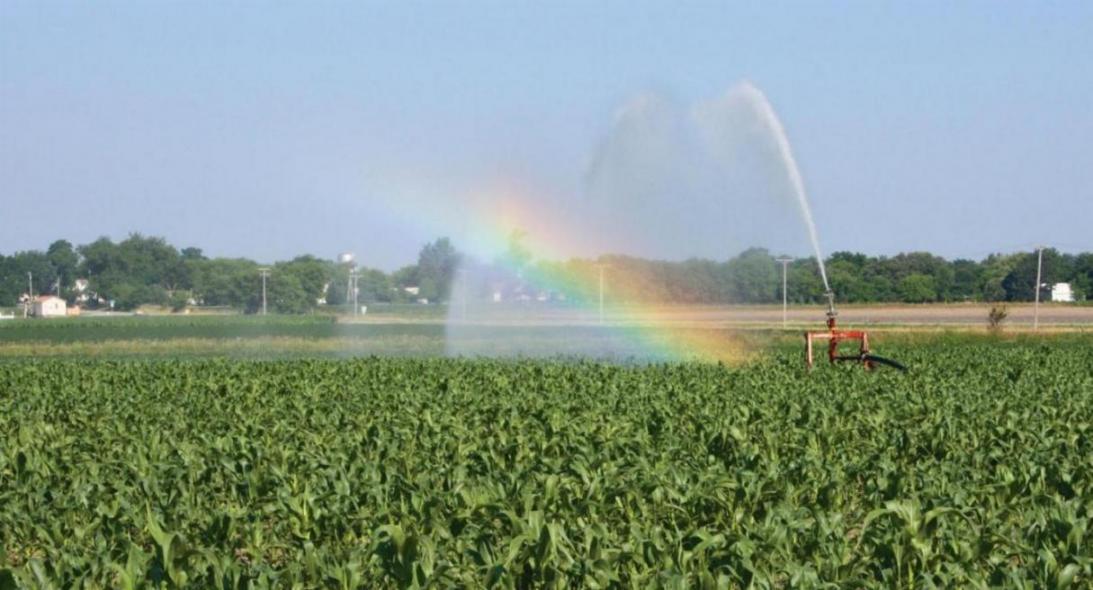A deputy agriculture minister has announced the allocation of 13,000 billion rials ($487 million) for implementation of modern irrigation systems.
The new funding plan targets around 200,000 hectares of farmlands across the country,” Rahim Sajjadi stated during the opening ceremony of international exhibition of irrigation and agricultural machinery in Karaj, IRNA reported.
The decision to allocate new funding to irrigation projects has been made amid water shortages caused by the low levels of precipitation and an overuse of water supplies in Iran. The government has recently announced plans to promote efficient management of water resources in the agriculture sector and to provide farmers with water quotas with regard to the area of their land and the arable crops as a practical solution to tackle water shortage. The agriculture ministry expects this to result in controlling the currently excessive consumption of water in the agriculture sector.
According to the Department of Environment, estimates put the amount of water wasted in irrigation at 60 percent.
“In Iran, the amount of water used in agriculture is double the rate of irrigation in Europe,” Sajjadi said, adding that, to reverse the damage done to groundwater supplies in recent decades the government aims to improve irrigation systems.
As a result of years of drought, Iran has been forced to become over-reliant on its groundwater reserves without allowing them ample time to be naturally replenished. This overuse has drained the reserves and even permanently damaged the levels of underground reservoirs rendering many sources completely dry or unusable.
There are also certain regions where it has been predicted that the level of clean water will dramatically decline and be replaced with salty or polluted water if the remaining underground reservoirs continue to be excessively exploited. In turn, such polluted water could contaminate the remaining supplies. Where underground supplies have in the past helped Iran survive a year or two of drought, they have always been allowed to replenish naturally during the following years of higher rainfall.
In the current situation the drought seems endless and the temporary option of exploiting underground supplies will soon not be available anymore. Unfortunately, most of Iran’s underground water is also badly polluted because of lacking sanitation methods and illegally dumped agricultural waste. In some cases farmers use untreated waste as a free fertilizer for their crops.
Ninety-two percent of Iran’s water is used by the agricultural sector. On the other hand, industries use 6 percent and households only consume a tiny two percent of total consumption. Industrial water usage is relatively low as water is used efficiently and in many cases treated and re-used for various demands.
Leakages, low tariffs and inefficient irrigation mean that water productivity is poor. Worldwide, the average amount of dry agricultural product produced from each cubic meter of water is 2.1 kilogram, whereas in Iran the same amount of water produces only 0.5 kilogram.
In order to preserve precious drinking water reserves, the energy ministry is encouraging the use of treated wastewater by industrial and agricultural consumers. Much investment has gone into water treatment plants as well as desalination. The government expects that making treated wastewater safe for industrial and agricultural use will positively affect drinking water reserves.


